- Overview
- Trip Outline
- Trip Includes
- Trip Excludes
- Gallery
- Booking
- Downloads
- Reviews
- FAQ
Situated in the semi-arid northern region of Kenya, Samburu National Reserve offers a wilderness-like landscape characterized by acacia trees, riverine forests, and rugged hills against the backdrop of the scenic Mathews Range.
Samburu National Reserve is named after the Samburu people. They are a pastoralist community indigenous to the area. It is managed by the Kenya Wildlife Service and is celebrated for its diverse ecosystem and rich biodiversity. Unlike some of Kenya's more famous parks, Samburu offers a more intimate and less crowded safari experience.
Samburu National Reserve has several defining features and activities that make your safari experience unforgettable. They include the Ewaso Nyiro River, unique wildlife, mounts Koitogor and Ololokwe, village visits, camel riding, and birdwatching.
The untamed spirit of Africa
Itineraries
Day 1
Date : 2025-02-01
Time : 10:00 AM
Ewaso Nyiro River
See how it sustains diverse ecosystems and communities along its course.
Day 2
Date : 2025-02-02
Time : 7:00 AM
Unique Wildlife
Roam amongst giraffes, elephants, zebra and the big cats.
Day 3
Date : 2025-02-03
Time : 2:00 PM
Mounts Koitogor and Ololokwe
Guided treks provide opportunities and insights that allow you to forge a deeper connection with the land and its inhabitants
Day 4
Date : 2025-02-04
Time : 12:00 PM
Village Visits
Venture into the daily lives, traditions, and customs of the indigenous Samburu community.
Day 5
Date : 2025-02-05
Time : 9:00 AM
Camel Riding
Experience riding on a camel’s back as guides provide insights into the flora, fauna, and cultural significance of the region.
Day 6
Date : 2025-02-06
Time : 8:00 AM
Bird-watching
The reserve is home to over 450 bird species. Guided excursions increase the chances of spotting rare and elusive species.
- Airport transfer
- Gate fees
- Meals
- Personal expenses
- Tips
The official languages of Kenya are Swahili and English.
The currency used throughout the country is the Kenyan shilling. Mastercard and Visa are accepted in most major tourist destinations. ATMs are common in the cities for dispensing local currency but are not available in wildlife parks.
Visitors to Kenya require valid passports, valid for at least 6 months beyond the date you expect to leave Kenya. A tourist visa is required for Canadian and American passport holders and this must be obtained online at the Republic of Kenya Official Government Website prior to your arrival in Kenya. Visitors are advised to register well in advance as there may be a 10-day processing period.
The best time to visit Kenya can vary by region. However, if travelling to view wildlife, the best months are between July to September. This is also the dry season in the country. However, wildlife viewing can be good year-round depending on which national parks you visit. The other dry season runs from late December to mid-March. Wildlife is easier to spot at these times because the bush is less dense, and animals gather around waterholes and rivers.
The main avenues of transportation within the country include matatus, tuk-tuks, buses, and taxis for shorter-distance trips. If looking to travel further distances across the country, there is a railway system as well as local flights. Most visitors opt for private or shared transfers, including in Nairobi, since the public transit system can be unpredictable.
Kenya is a wonderful destination for families who are on the adventurous side. It welcomes all travellers and has a special affection for family travel with children. Multi-generational family travelers are very welcome in Kenya.
There are no compulsory vaccinations required for Kenya, however, we recommend you consult with your local travel clinic for the most up-to-date recommendations, particularly in regard to malaria prophylactics. Proof of yellow fever vaccination is required if you are coming from or have transited through an airport of a country where yellow fever occurs.

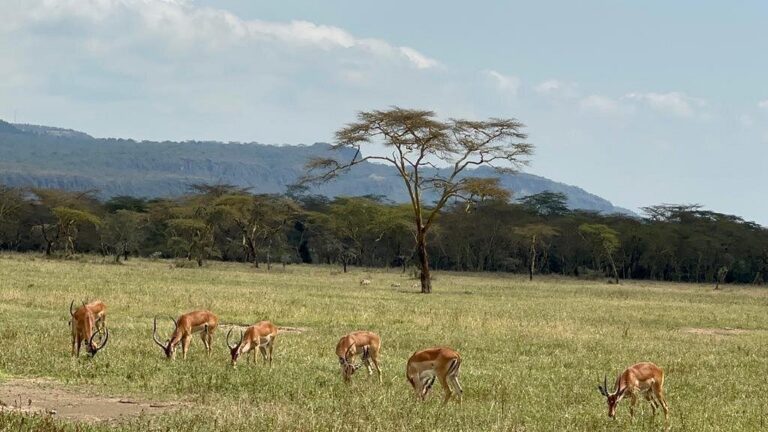
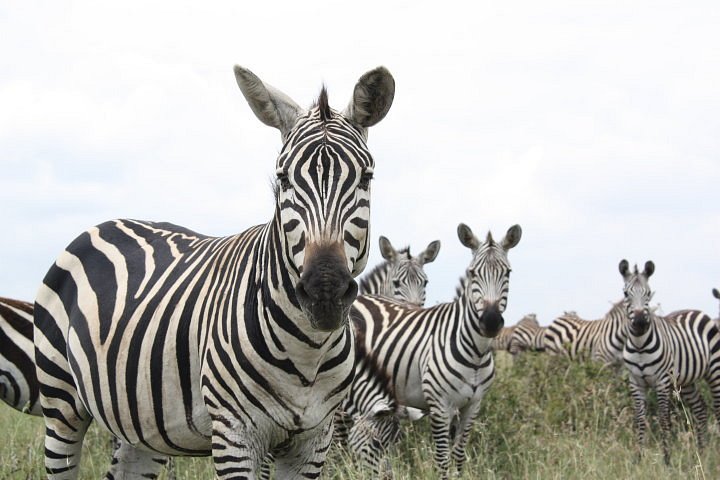
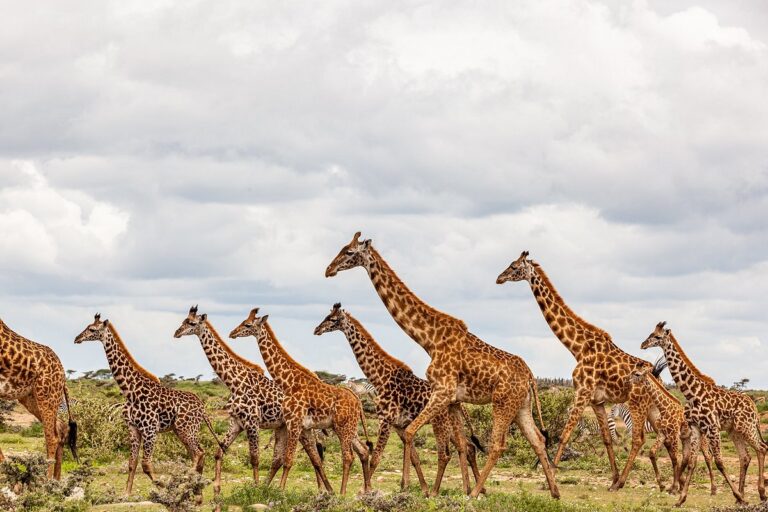

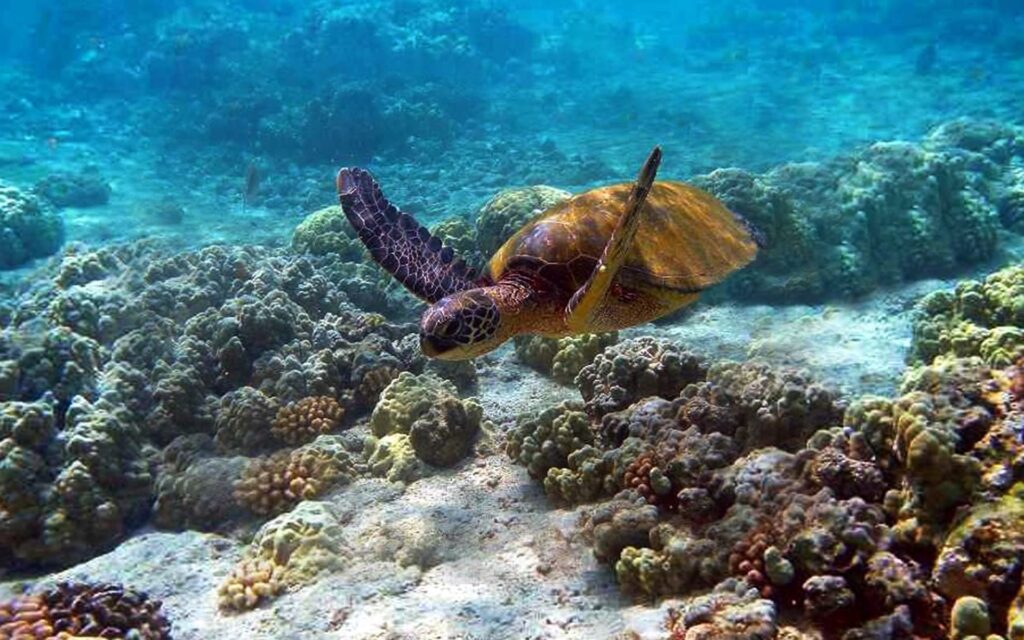
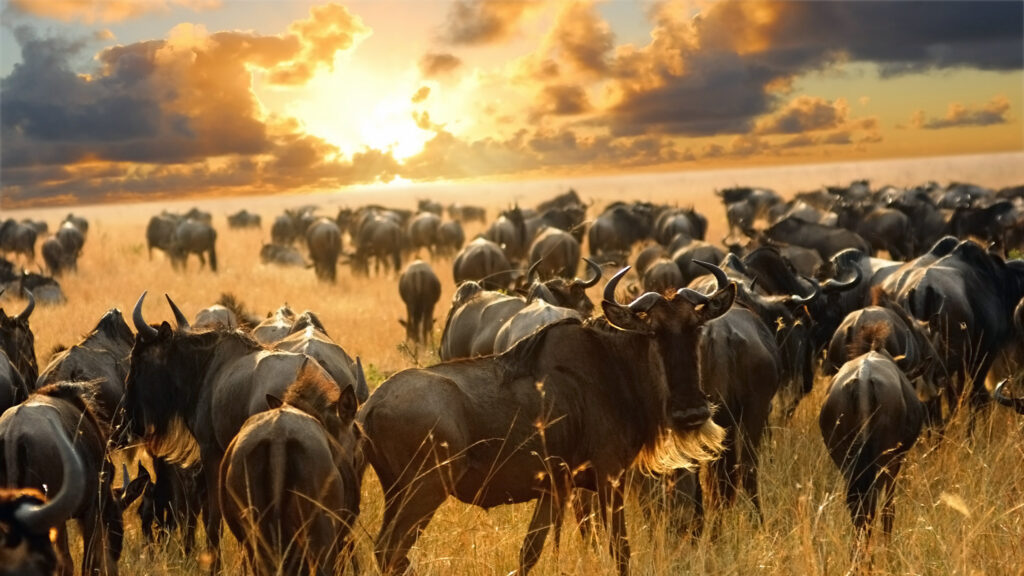
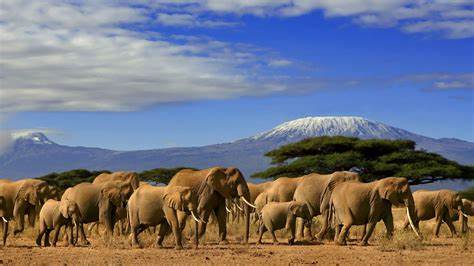
There are no reviews yet.